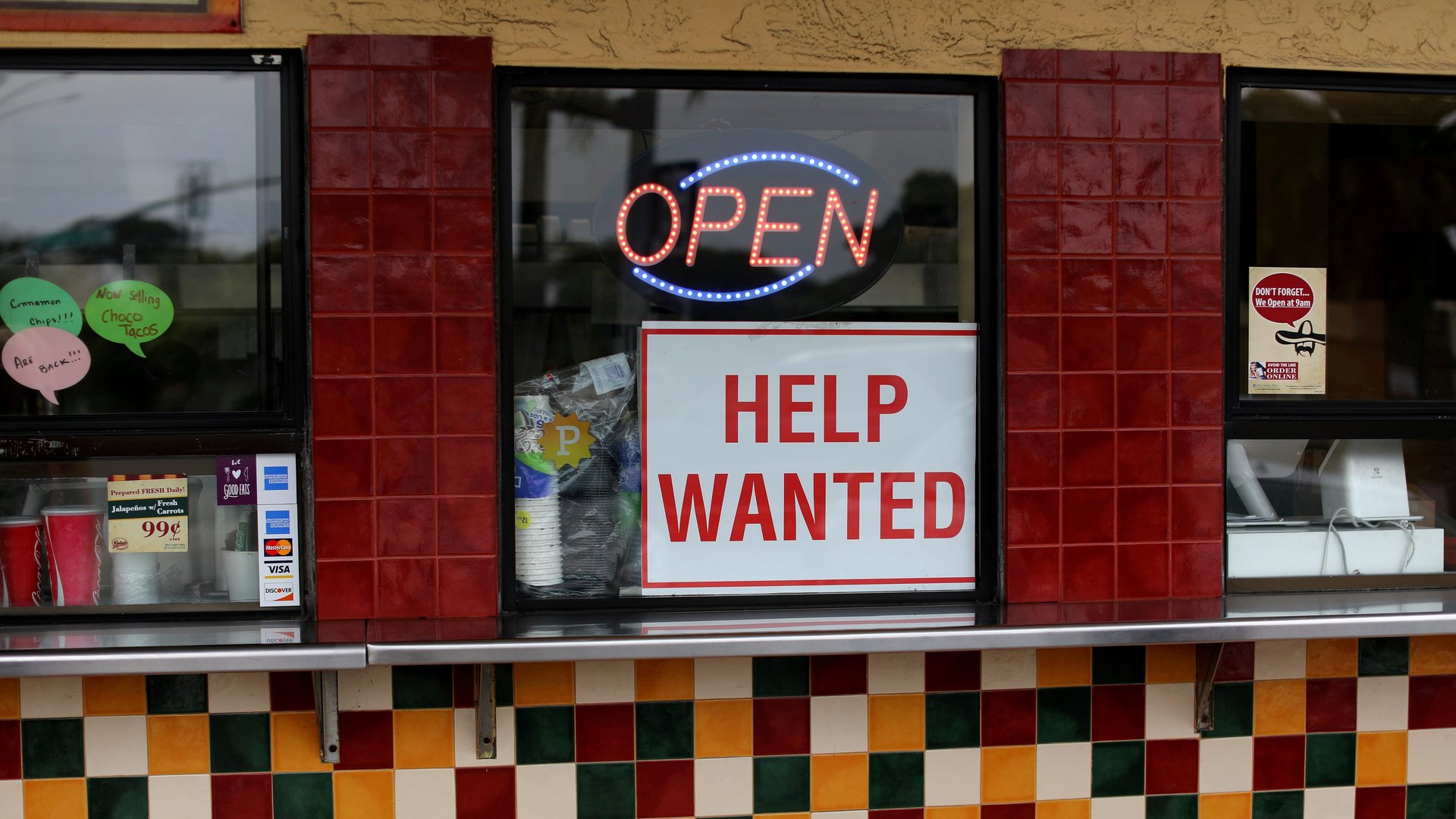The Great Resignation is not really great, or a resignation
As droves of people left their jobs in the last two years, the idea of work itself facing a pandemic reckoning became awfully attractive. The real story is simpler: The Great Resignation wasn’t.


As droves of people left their jobs in the last two years, the idea of work itself facing a pandemic reckoning became awfully attractive. The real story is simpler: The Great Resignation wasn’t.
New research from the San Francisco Federal Reserve bank argues that the high rate of “quits” during the pandemic isn’t that unusual. The JOLTS dataset that contains that information only goes back to 2000, an era of relatively slow US growth. But, by looking at other measures of quitting, economist Bart Hobijn was able to find six episodes in the twentieth century when workers left jobs at similar rates—all during booms in employment like the one we are currently experiencing.
“The current level of the quits rate is at a record high since 2000 because the recoveries of the 2001 and 2008 recessions were very slow by historical standards and thus did not put the same upward pressure on the quits rate as during other recoveries,” he writes.
It’s the Great Renegotiation
And are these resignations at all? The other finding Hobijn teases out of the statistics is that most quitters were younger, less-educated workers in sectors hit hardest by the pandemic. Combined with the pattern of more quits during labor market booms, this is more a story of workers seeking better-paid opportunities than leaving the workforce—a “Great Renegotiation” that has given workers more leverage and has been reflected in recent efforts to unionize at companies like Amazon and Starbucks.
Indeed, what we know about the education of these workers and the sectors showing the most churn suggests that the quit phenomenon has little to do with the evolution of remote work that has attracted so much attention.
The other evidence against the Great Resignation is found in measures of labor-force participation, which has grown in recent months. People in the “prime” of their careers, aged 25 to 54, are working at nearly the same proportion as they did in the months before coronavirus changed our economic trajectory. And even a brief swell in retirements during the pandemic hasn’t dented labor force participation by older workers.
Despite these data, a recent poll showed that more Americans think job growth has been negative in the last year than positive. But the strength of the US labor market is a key factor as the Fed attempts to navigate the US economy through a bout of increased inflation and onto a stable growth path.